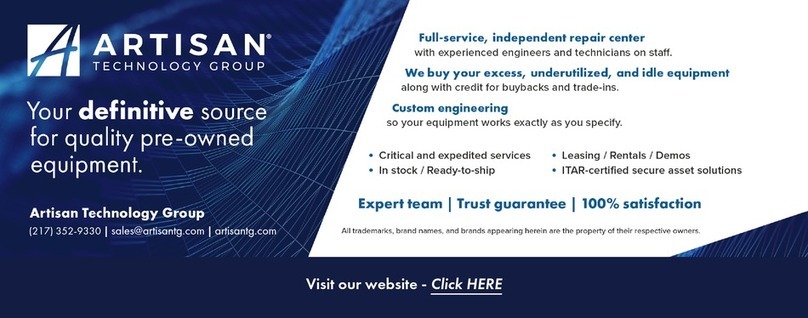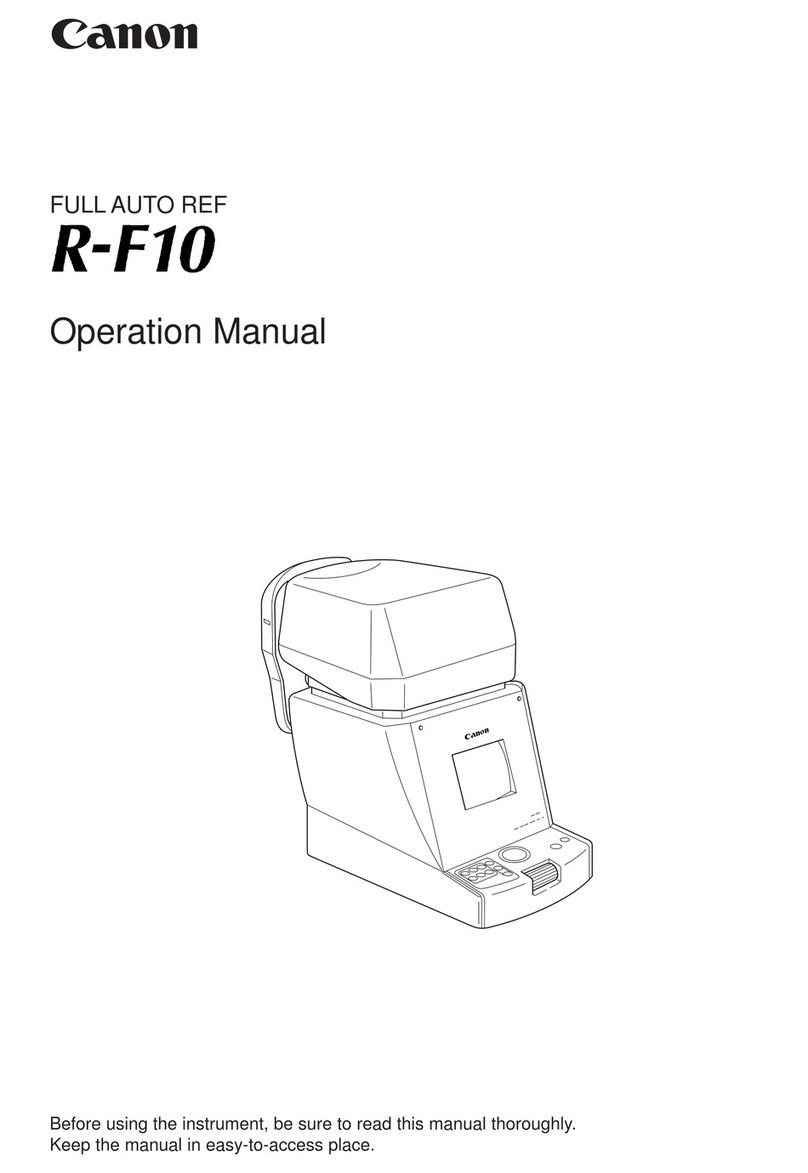
(4)
Safety Information
Handling
WARNING Do not measure an eye of which cornea is frail due to corneal disease or due
to it having undergone an operation. Otherwise, complications may occur.
WARNING
Never disassemble or modify the product as it may result in fire or electric
shock. Also, since the instrument incorporates high-voltage parts that may
cause electric shocks and other hazardous parts, touching them may cause
death or serious injury.
WARNING
Do not place anything on top of the instrument.
Otherwise, the object may fall and cause injury.
Also, if metal objects such as needle or clip falls into the instrument, or if liquid
is spilled, it may result in fire or electric shock.
WARNING
When the instrument is going to be moved, be sure to turn OFF the power
switch, unplug the power cable from the AC outlet, and disconnect other
cables. Otherwise, cable may be damaged, which may result in fire or electric
shock.
Also, when the instrument is going to be carried, be sure to support the bot-
tom of the instrument an hold it horizontally.
Do not hold it by the face rest poles or other parts, as they may come off and
result in injury.
WARNING Do not hit or drop the instrument. The instrument may be damaged if it
receives a strong jolt, which may result in fire or electric shock if the instru-
ment is used without it being repaired.
CAUTION Wipe the forehead rest with ethanol or glutaraldehyde solution to disinfect it
each time a different patient uses the instrument, in order to prevent infection.
Please consult a specialist for the procedure for disinfection.
CAUTION Change the chin rest paper each time the examinee changes in order to keep
the chin rest clean.
CAUTION Measurement head moves when the instrument is initializing or after printing
the result. Do no have the examinee place his/her face on the chin rest until
movement is completed. Otherwise, the examinee may be hurt.
CAUTION
Set the position where to stop the measurement head with the LIMITER
switch each time the examinee changes in order to prevent accidental contact
of nozzle with examinee. Be sure to look from side of the examinee when
deciding the stop position. If the stop position is not set correclty, the exam-
inee may be injured. Also, if the message “LIMITER OFF” does not disappear
even after LIMITER switch pressed several times, stop the measurement and
contact Canon representative or distributor.
CAUTION Do not have the examinee place his/her hand or fingers under the chin rest or
near the measurement head. Otherwise, injury may result.
CAUTION Do not touch the cutter of the printer. Otherwise, fingers may be cut.
CAUTION When the instrument is not going to be used, turn OFF the power switch.
Also, unplug the power cable from the AC outlet when it is not going to be
used for a long time.
!
!
!
!
!
!
!
!
!
!
!
!






























